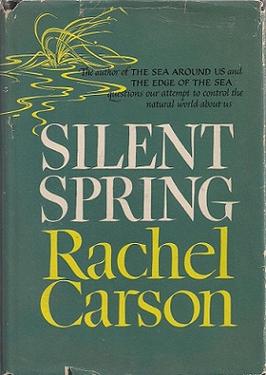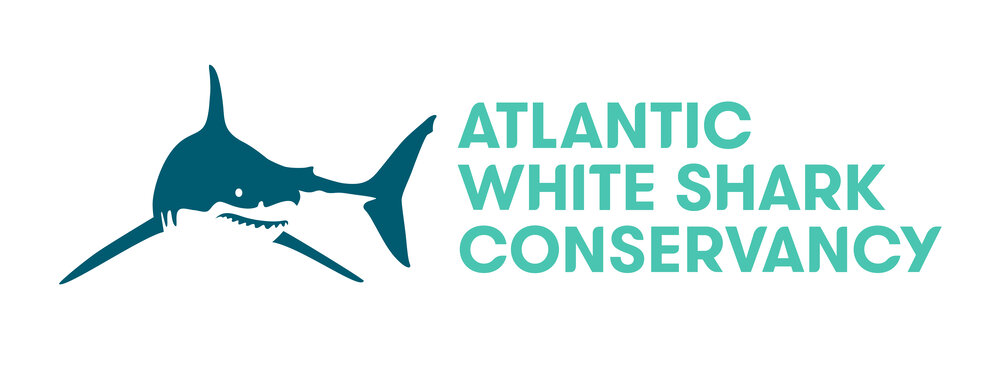How's Shelby the Turtle Today?
Animal-Tracking Maps and Environmental Communication
Matt Ziegler, Michael Quinlan, Zage Strassberg-Phillips, Manasi Shah, Lauren Vreeken, Chris Jones, Karen Goodfellow, Jes Lefcourt, RIchard Anderson, Kurtis Heimerl


Animal-tracking maps
© OCEARCH
© OCEARCH
© Wild Capuchin Foundation
© MOTUS
© WWF
© Polar Bears International
Disappointing engagement?
- New York Times: 85-90% of users don't engage with interactive visualizations at all
- Short visits: usually under 1-2 minutes
- Expensive to make
How can wildlife tracking maps advance environmental communication goals?
- This talk:
- Environmental communication
- Conservationist & user perspectives
- Recommendations

Environmental communication
- Large academic field
- Goal: media for culture change
- Current focus on collective action
Environmental Comms. Best Practices
- Emotions: cultivate hope, avoid anxiety
- Conversations towards collective action
- Continuous awareness
- Relationships with audience
- Avoid controversy to broaden participation
- Relatability: tell local stories, focus on people
Qualitative study
- User sessions
- Conservationist focus groups


Audience segments
General public
- Big learning curve: interface + data interpretation
- Hurdle for short attention spans
Existing dedicated audiences
- Highly-motivated users can take advantages of interactive affordances: freely exploring, drilling down to details, testing own hypothesis
They just love giraffe, they love reading anything we do... and they would love seeing something like this.
Data Interpretation
- Participants struggled to find meaning in the GPS data
© OCEARCHMany noted the animals' vast travel distances......but not much else.
- Contextual information was not well-integrated
I guess what I got out of it, I think I could have also gotten out of a PowerPoint... I don't think that the actual geospatial component was integrated into the other component.
Relatability
- Conservationists want users to empathize with the maps's animals:
...just allowing people to get to know these sharks as as individuals. You know, relating to them as animals that have a tough life, that struggle. We have a lot of white sharks that have been hit by boats.... People don’t tend to think of these animals that way a lot of times.
- But users felt more connected through the pictures and videos than the data
User takeaways
-
Learning: about both the animals and research
I learned a lot about how tracking animals works... I saw that you get a ping when they come to the surface and data is transferred!?
-
Emotions: some claimed no emotional response, some happy to see the conservation work:
It's nice to know with the WWF that they're doing a lot of work around the world... so that's a little bit of optimism.
- Actions: most didn't know what actions to take; some wanted to learn more
Summary
Wildlife Tracking Maps and Environmental Communication
- Data is not relatable — Integration with other media is key
- Continuously engage dedicated audiences with updates
- Attract casual audiences to other communication channels
- Show off organization's work — Inspire optimism
- Details & recommendations in paper
Thanks!

